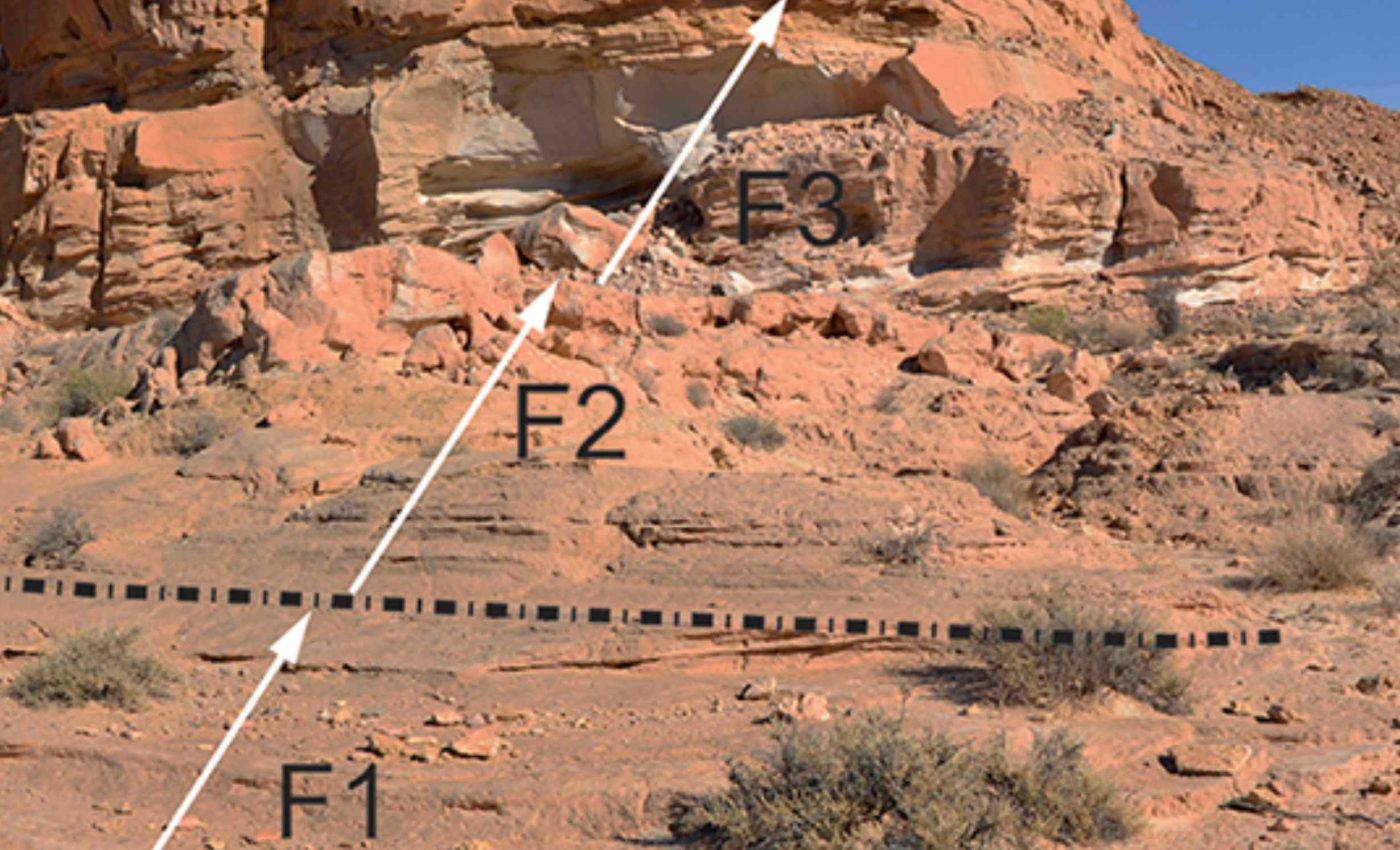
The oldest known rebbachisaur has been found, dating back 94 million years
A newly identified dinosaur has stirred attention among paleontologists worldwide. It lived about 94 million years ago, during the Late Cretaceous epoch and has been hailed as the earliest known member of its family.
The fresh discovery is named Cienciargentina sanchezi, and it breaks previous records for the oldest known specimen of the rebbachisaurid group of plant-eating dinosaurs.
The announcement was described by Leonardo Salgado from the Universidad Nacional de Río Negro-Conicet, in association with his colleague María Edith Simón.
Uncovering a sauropod surprise
The team uncovered fossilized bones in the Neuquén province in Argentina, at the base of the Huincul Formation, which is an area famous for other dinosaur remains.
The remains suggested a dinosaur with a distinctive shape and size, and hinted at a creature that likely stood out among its neighbors.
They recognized that diplodocoid traits set this animal apart. Sauropods in this branch often present specialized vertebrae and unique skeletal structures, which are well-preserved in the remains found at the site.
Tracing the family tree
Experts see rebbachisaurids as a fascinating cluster of long-necked giants. They have turned up on multiple continents and show features not seen in other sauropods, especially in their teeth and vertebrae. In some species, those teeth formed tooth batteries, a trait more common in other dinosaur groups.
“This new species is added to the list of rebbachisaurid sauropods documented in the Huincul Formation,” said Salgado. He and Simón identified key skeletal features that confirm the dinosaur’s status as an early form of these long-necked herbivores.
Early rebbachisaurid traits
Researchers say the neck vertebrae suggest a structure that could have supported a long, flexible neck. The hind legs likely bore a significant amount of weight, which is typical for giants in this lineage.
Tiny details in the bones gave away this creature’s identity as a close relative of other known rebbachisaurids.
The sheer size probably helped in warding off predators. Plant-based diets would have been abundant near streams and floodplains, and the environment would have been favored by many sauropods.
Why the rebbachisaurid find matters
Paleontologists are often eager to fill gaps in dinosaur family trees, and an early rebbachisaurid is especially important. Each discovery shines a light on how these creatures evolved their body structures and feeding habits.
The findings help paint a broader picture of sauropod evolution in South America.
Researchers gain a clearer look at how different dinosaur groups adapted and survived in changing environments as the Cretaceous Period progressed.
One short quote from the past
“The first South American rebbachisaurid sauropods were recognized upon the basis of materials from the surroundings of Villa El Chocón, from the Candeleros and Huincul Formations,” said Salgado. Those early signs opened the door to later breakthroughs in identifying new species.
Cervical vertebrae in this new find lack the typical epipophyses seen in close relatives.
The dorsal vertebrae show amphicoelous to slightly opisthocoelous centers, a configuration that indicates how older rebbachisaurids may have branched off from later ones.
Spinal shapes also reflect a sturdier frame compared to certain younger species. Collectively, these traits confirm a pivotal spot for this dinosaur in the broader diplodocoid lineage.
Ongoing work in Argentina
Argentina is no stranger to major fossil revelations. Researchers keep combing sites for the next big puzzle piece that can clarify how giant herbivores roamed. Methods continue to evolve, allowing more precise dating of fossils.
Better technology also helps with reconstructions. Digital modeling can reveal how muscles attached to skeletons and how these animals may have moved about their ancient habitats.
Clues about changing worlds
Experts think the shift from earlier diplodocoid forms to other sauropod families signals environmental pressures that shaped survival strategies. Some lines thrived in broad, open areas, while others adapted to different landscapes. The presence of this dinosaur suggests transitions may have been more varied than once assumed.
These transitions illuminate broader ecological processes. Changes in climate, vegetation, and terrain likely steered dinosaur evolution in complex ways that are only now being pieced together.
Hope for more answers
Fossils like these keep researchers on their toes. They also draw everyday folks into the excitement of uncovering vanished worlds.
Salgado and Simón see this as a cue for continued exploration, with the possibility that more early forms could still be out there.
Some experts think we’ve only seen the tip of the iceberg in areas like the Neuquén province. New technology, fresh expeditions, and collaborations all pave the way for further discoveries.
Missing links no more
Cienciargentina sanchezi connects dots in rebbachisaurid history by sharing traits with both older and younger relatives. These insights will likely fuel future debates on how diplodocoids spread across ancient landmasses.
This dinosaur’s existence adds depth to our understanding of the Late Cretaceous. Each detail – whether from bones or footprints – challenges our assumptions about how these animals looked and behaved.
Significance for the community
Scientists collaborate across countries and institutions to analyze and verify these fossils. That teamwork helps ensure accurate identifications. It also makes it easier to compare new specimens with old finds from around the world.
These global partnerships are crucial in paleontology, where a single bone can trigger fresh perspectives on evolution. The story of cienciargentina sanchezi is yet another reminder that fresh insights come from all corners of the planet.
The final note
The importance of this 94-million-year-old sauropod lies in its status as a missing piece that enriches our knowledge of an entire family of dinosaurs. It also points to the significance of exploring less examined layers of rock, where new wonders may lie.
The study is published in Cretaceous Research.
—–
Like what you read? Subscribe to our newsletter for engaging articles, exclusive content, and the latest updates.
Check us out on EarthSnap, a free app brought to you by Eric Ralls and Earth.com.
—–













